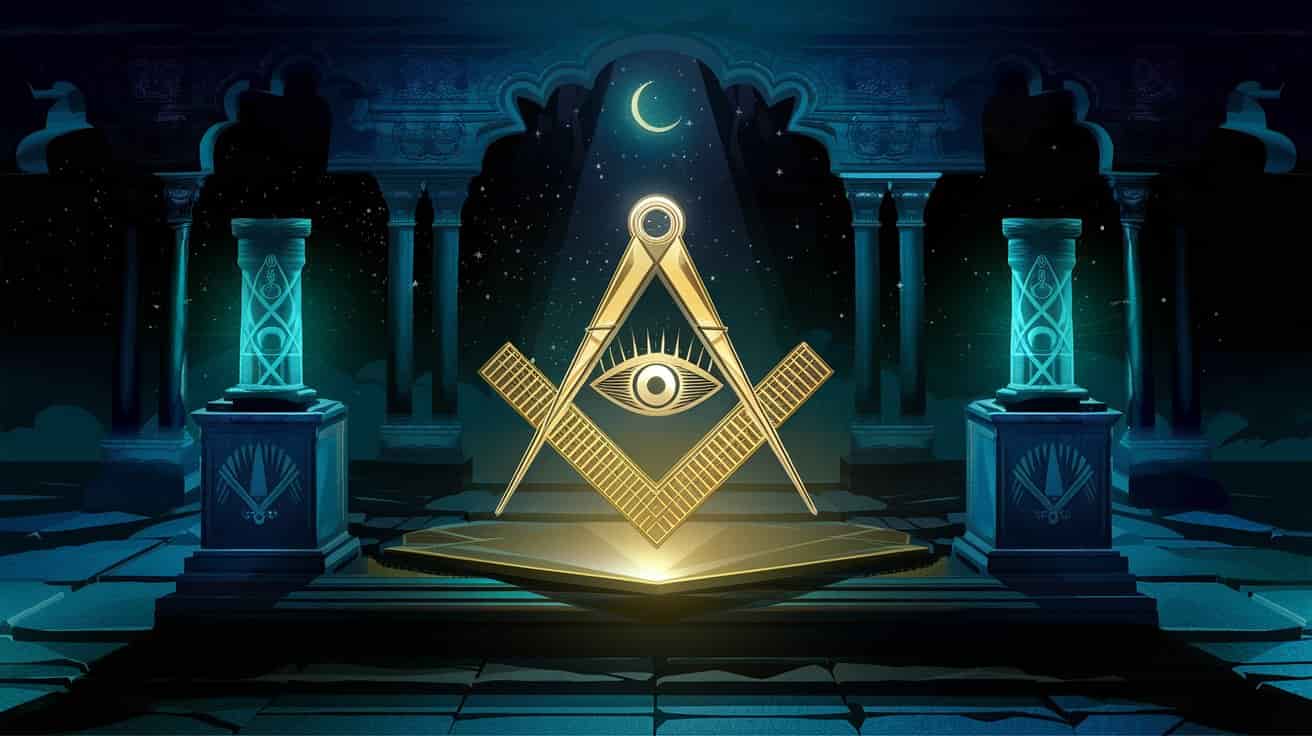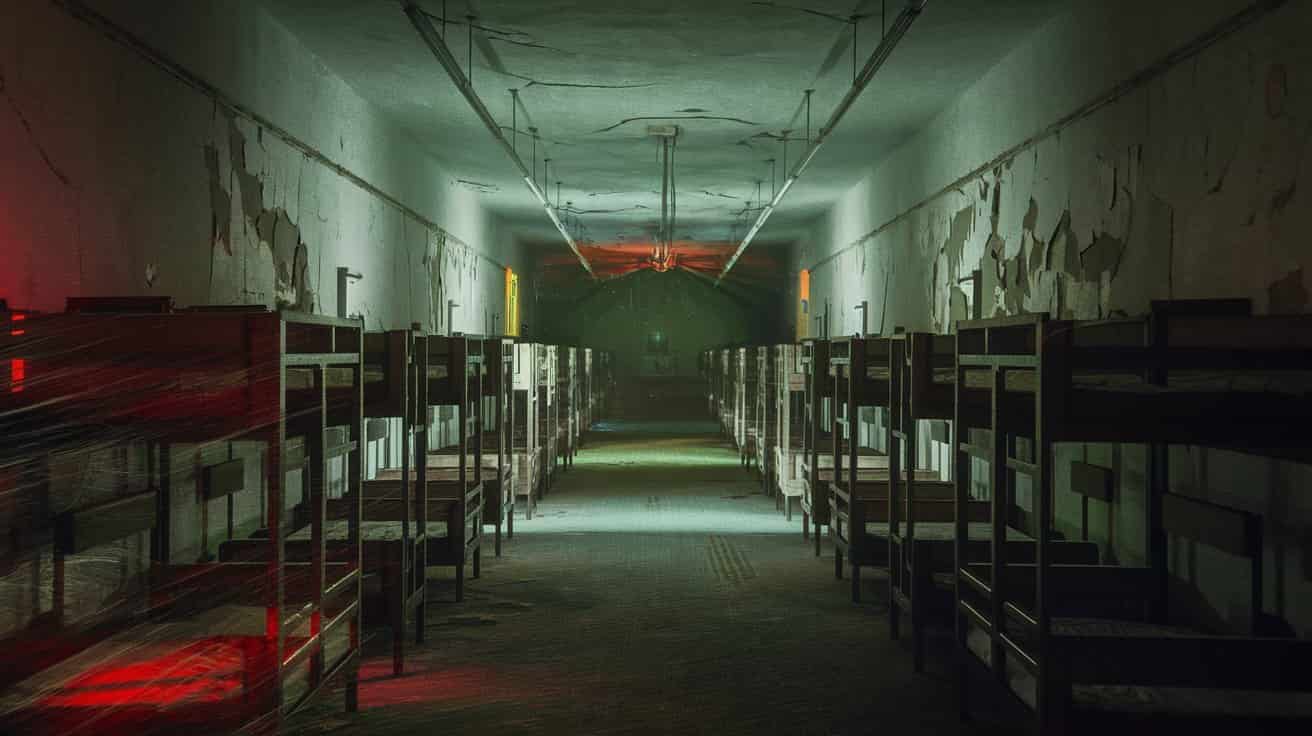Art History: UFO and Alien Depictions Through the Ages
Art has long served as a medium for humanity to express its beliefs, curiosities, and explorations into the unknown. Over time, the stories captured in paintings, sculptures, and other forms of art have evolved to reflect new ideas. Interestingly, one of the most intriguing subjects explored in art history is the depiction of UFOs and aliens. While these concepts may seem like modern-day sci-fi creations, art history reveals that representations of otherworldly beings and phenomena have existed for centuries. In this blog, we will explore how UFOs and alien-like entities have appeared in art through the ages, shedding light on their symbolism and cultural significance.
UFOs and Aliens in Art History: Ancient Beginnings
The depiction of UFOs and extraterrestrials in art history goes back much further than most people realize. Many ancient civilizations have left behind artwork that some believe references cosmic beings or alien encounters. These early representations challenge our traditional understanding of the ancient world and suggest that the concept of extraterrestrial life may have been present much earlier than we thought.
Ancient Egypt: Celestial Beings and Starry Visions
Ancient Egyptian art often shows gods traveling through the heavens in ways that some modern theorists believe resemble UFOs. Deities like Ra and Hathor appear with rays or disks emanating from their bodies, possibly suggesting a divine or celestial power that originates outside of Earth. In particular, the “Sky Boat” imagery, seen in Egyptian temples, illustrates gods gliding across the sky in ships. This imagery may reflect a belief in extraterrestrial travel or divine visitations from other realms.
Moreover, some researchers propose that the ancient Egyptians might have believed that their gods were not simply divine beings but visitors from other worlds. This interpretation, though speculative, highlights the long-standing human fascination with the possibility of extraterrestrial life.
The Nazca Lines: Ancient Cosmic Messages?
The Nazca Lines in Peru, created between 500 BCE and 500 CE, stand out as one of the most fascinating ancient art forms that could allude to extraterrestrial influence. These massive geoglyphs, visible only from the air, feature precise patterns and unusual shapes, including animals and humanoid figures. Some UFO enthusiasts believe that these lines were created to communicate with extraterrestrial beings or to represent a form of interstellar communication. Others argue that they served as spiritual pathways for ancient civilizations, with no connection to extraterrestrials. However, the mystery surrounding their purpose continues to spark debate.
Medieval and Renaissance Art: Celestial Beings and Mysterious Phenomena
As time moved forward, depictions of the heavens and divine encounters became increasingly important in both Medieval and Renaissance art. While much of this art focused on religious or spiritual experiences, some modern interpretations suggest that certain works might represent UFOs and aliens.
The Annunciation: A Glimpse into Otherworldly Encounters
Renaissance artists frequently painted the Annunciation, in which the Virgin Mary is visited by an angel or divine messenger. In some of these works, glowing or disk-shaped objects appear above the figures. Modern theorists often interpret these as UFOs or signs of extraterrestrial intervention. For example, in the paintings of Leonardo da Vinci and Fra Angelico, glowing lights hover in the sky, which could symbolize UFOs rather than traditional religious symbols.
This interpretation challenges the conventional view of these religious works and opens up a new lens through which to understand these centuries-old paintings. While there is no definitive evidence to support this theory, the presence of unusual, radiant figures in the sky invites further speculation.
Renaissance Paintings and Cosmic Encounters
During the Renaissance, artists like Leonardo da Vinci and Raphael frequently depicted celestial phenomena in their works. The strange light sources and glowing orbs present in these paintings might reflect early attempts to express humanity’s curiosity about life beyond Earth. In particular, surreal imagery found in works like The Madonna and Child could suggest that Renaissance artists were influenced by ideas of extraterrestrial visitors or otherworldly beings.
These artworks reflect the Renaissance period’s fascination with the unknown and the possibility that there was more to the universe than meets the eye. Some even argue that these paintings might not simply be religious in nature but could also serve as representations of humanity’s enduring fascination with otherworldly encounters.
The Modern Era: UFOs and Alien Imagery in 20th Century Art
The 20th century marked a dramatic shift in art, with UFO sightings, space exploration, and the rise of science fiction leading to an explosion of alien and UFO imagery in both popular culture and the art world. These themes, once considered outside the realm of possibility, became a new form of artistic expression.
The Influence of Sci-Fi on Art: The UFO Phenomenon
As science fiction gained popularity through literature, television, and film, artists began exploring how aliens and UFOs might appear. In the 1950s and beyond, works by artists like Salvador Dalí began to feature flying saucers and alien-like figures. These surreal images were likely influenced by the growing fascination with extraterrestrial life in modern culture, especially following high-profile UFO sightings and the early space missions.
The surrealist movement, in particular, provided a fertile ground for artists to explore the unknown. Many artists used dream-like imagery and bizarre scenes to reflect the strange and incomprehensible nature of the universe.
Abstract and Surreal Art: Depicting the Unknown
In the realm of abstract and surreal art, UFOs and aliens often serve as metaphors for the unknown and mysterious. Artists like Yves Tanguy and Marc Chagall used dreamlike imagery and abstract landscapes to reflect the concept of life beyond Earth. These pieces push the boundaries of human imagination, inviting viewers to question reality and consider the possibility of extraterrestrial life.
While surreal art does not directly depict UFOs or aliens, its use of strange, otherworldly landscapes often evokes the idea of life outside of our planet. The artists’ use of abstract forms challenges viewers to think beyond the conventional understanding of the world around them.
Conclusion: UFOs and Aliens in Art History and the Search for the Unknown
The depiction of UFOs and aliens in art history stretches far back, from ancient Egypt to the Renaissance. These depictions offer valuable insights into humanity’s long-standing curiosity about the cosmos and our place in it. While interpretations of UFOs and aliens in art may vary, they reflect a timeless desire to understand the unknown.
As we continue exploring the stars and seeking signs of extraterrestrial life, these artistic representations remind us of the long-standing human fascination with the mysteries of the universe. The portrayal of UFOs and aliens in art history not only captures our imagination but also encourages us to look beyond our world and consider what lies beyond.



Post Comment